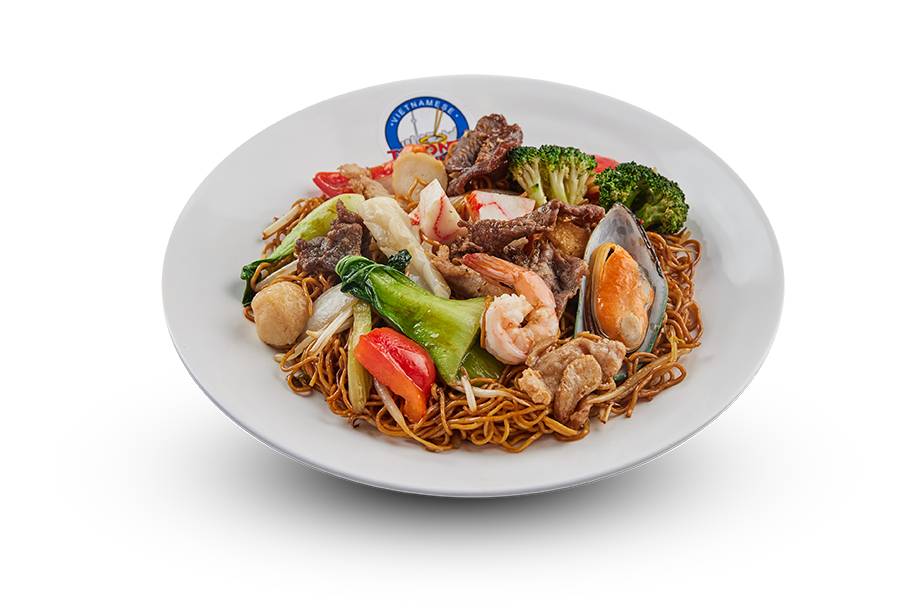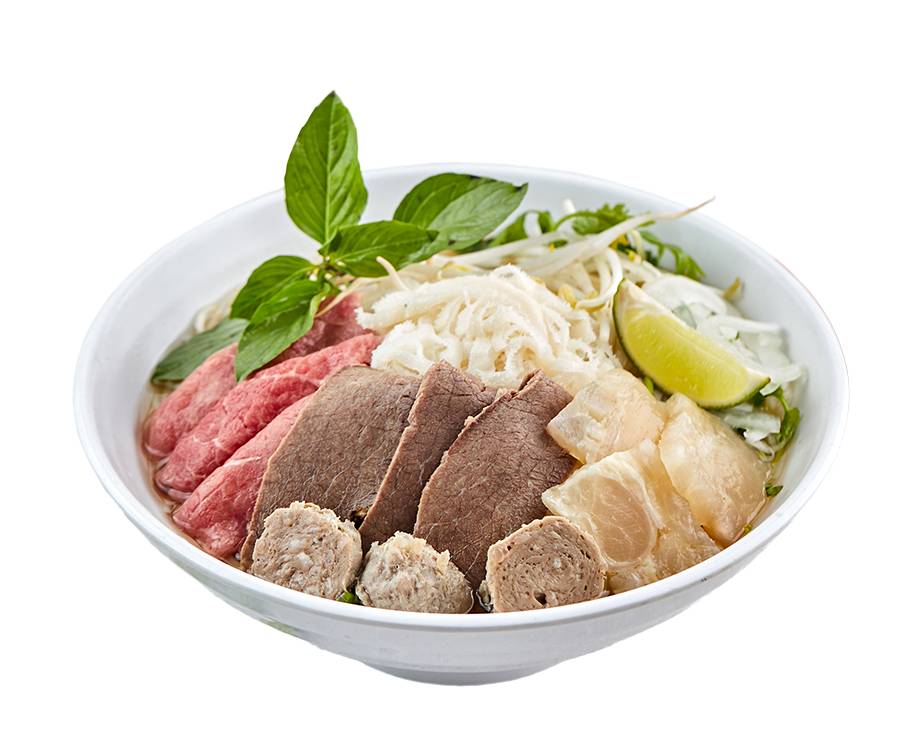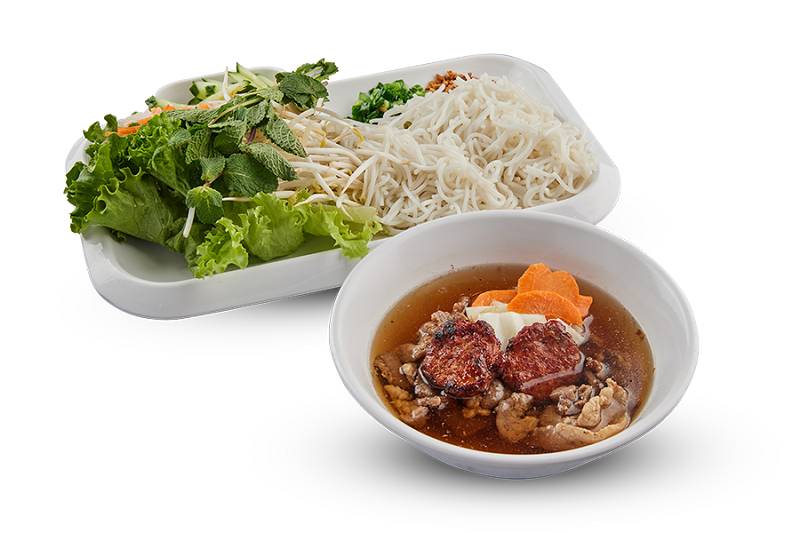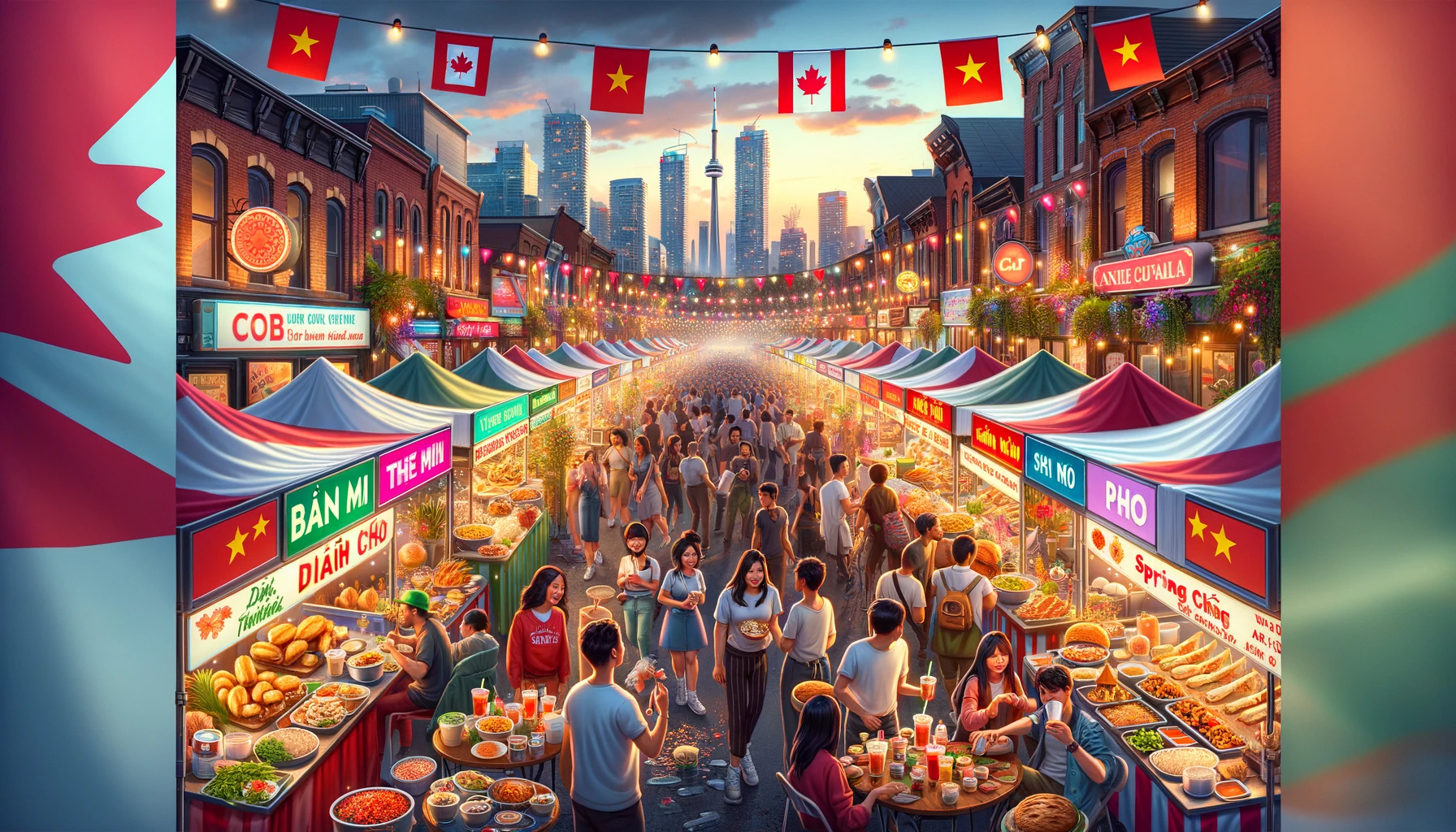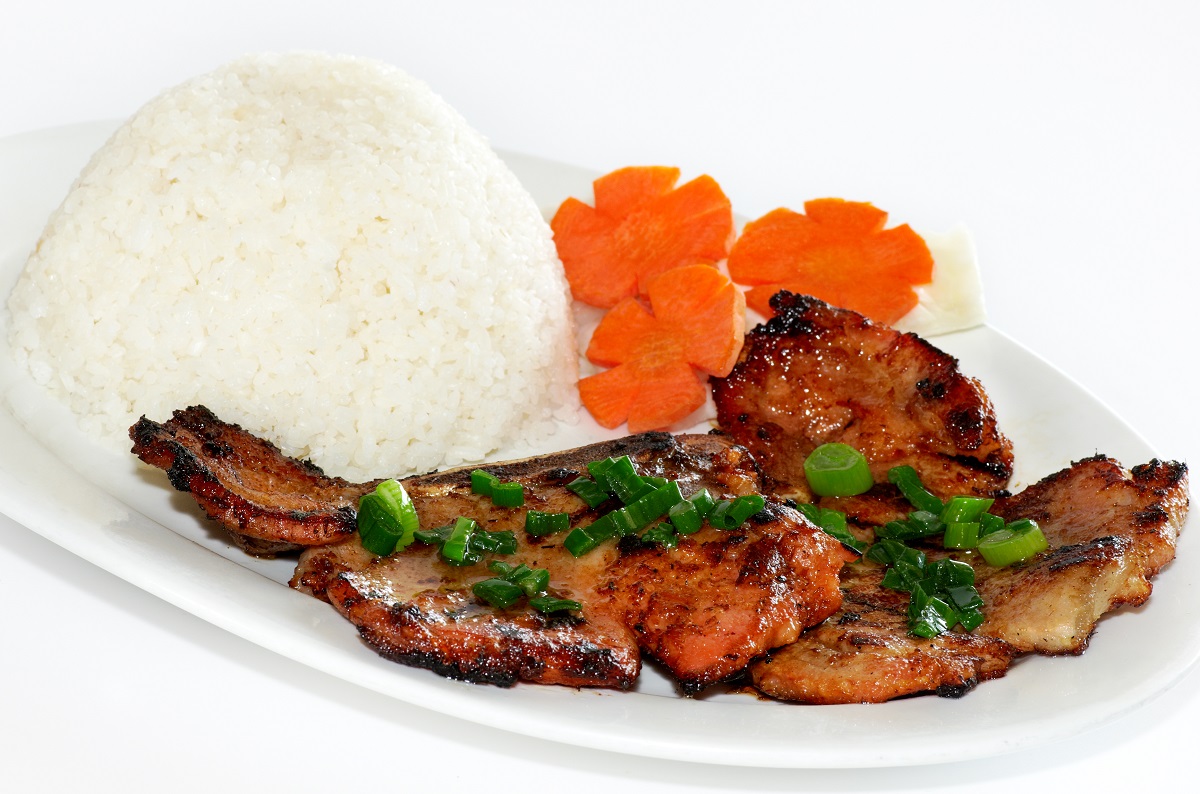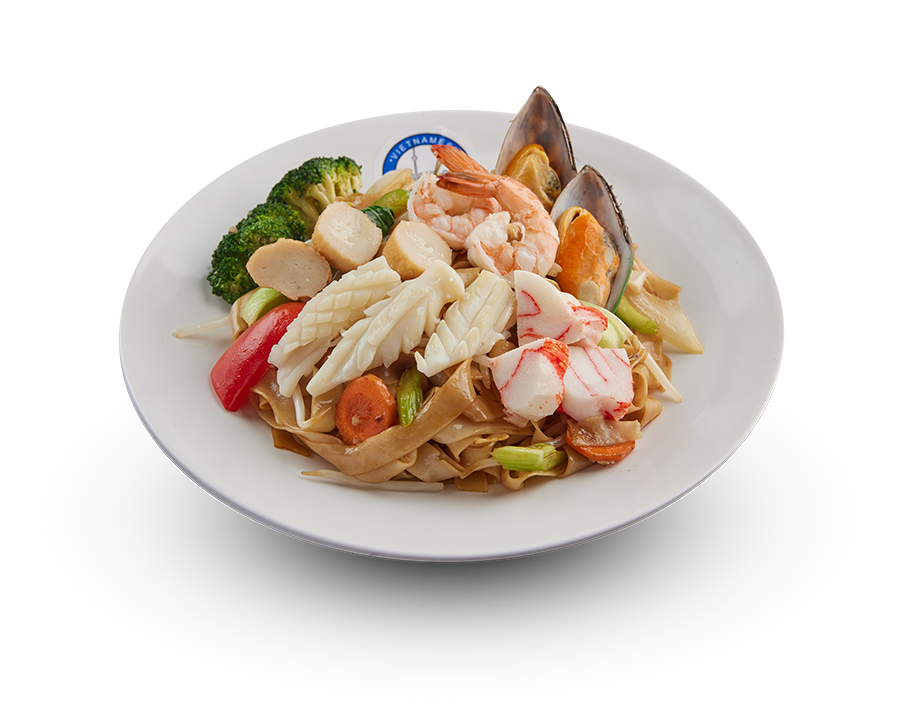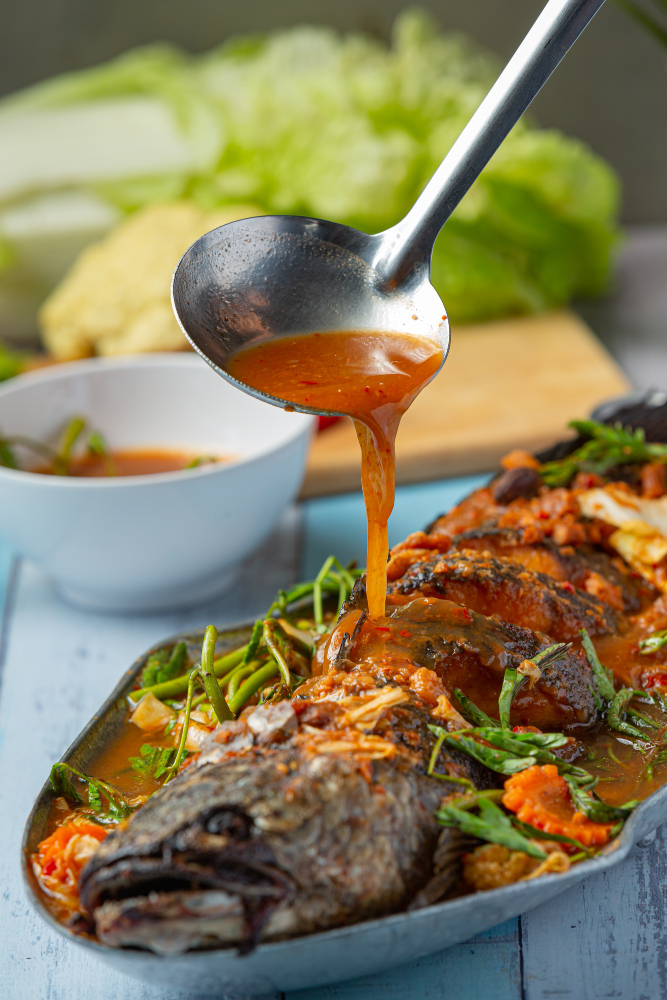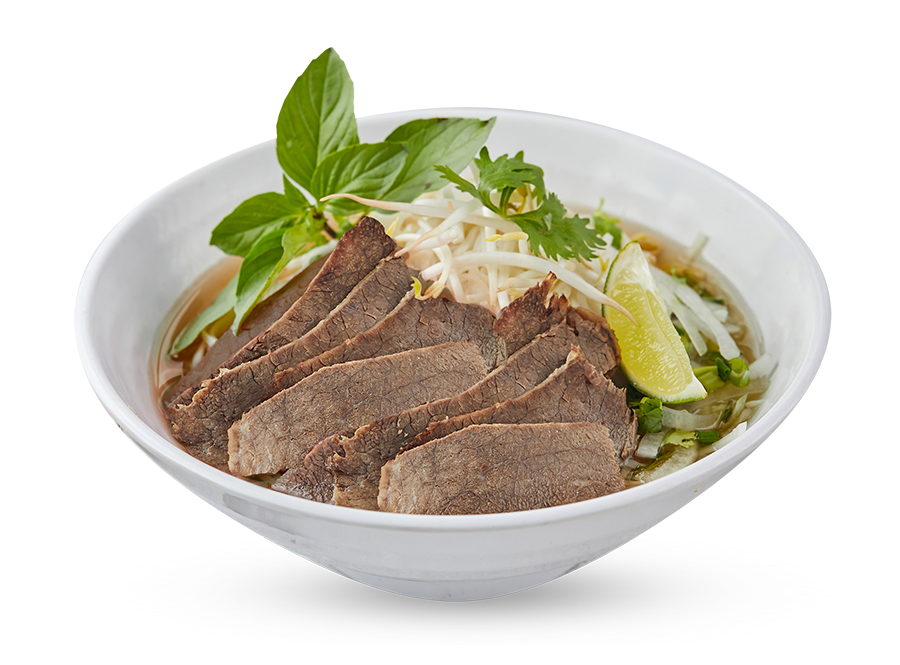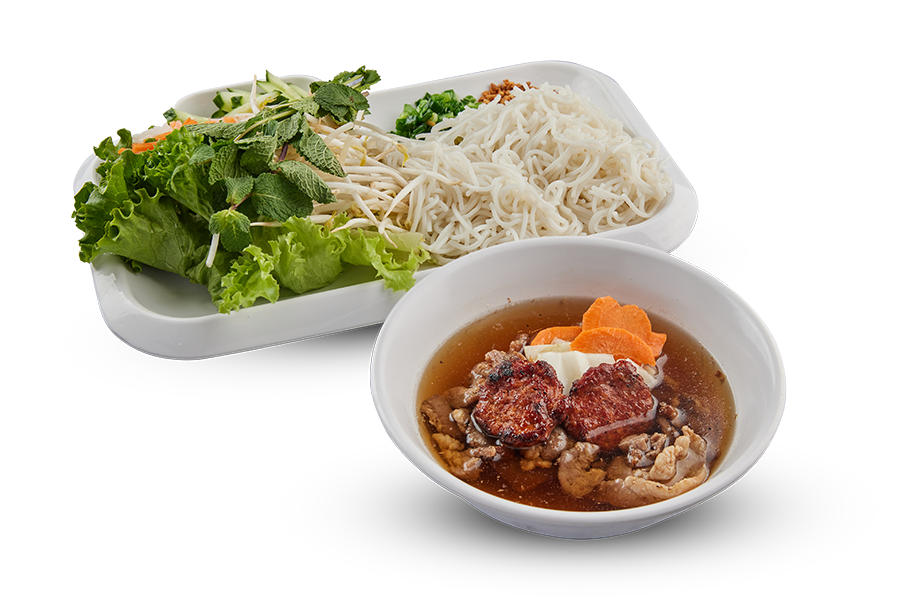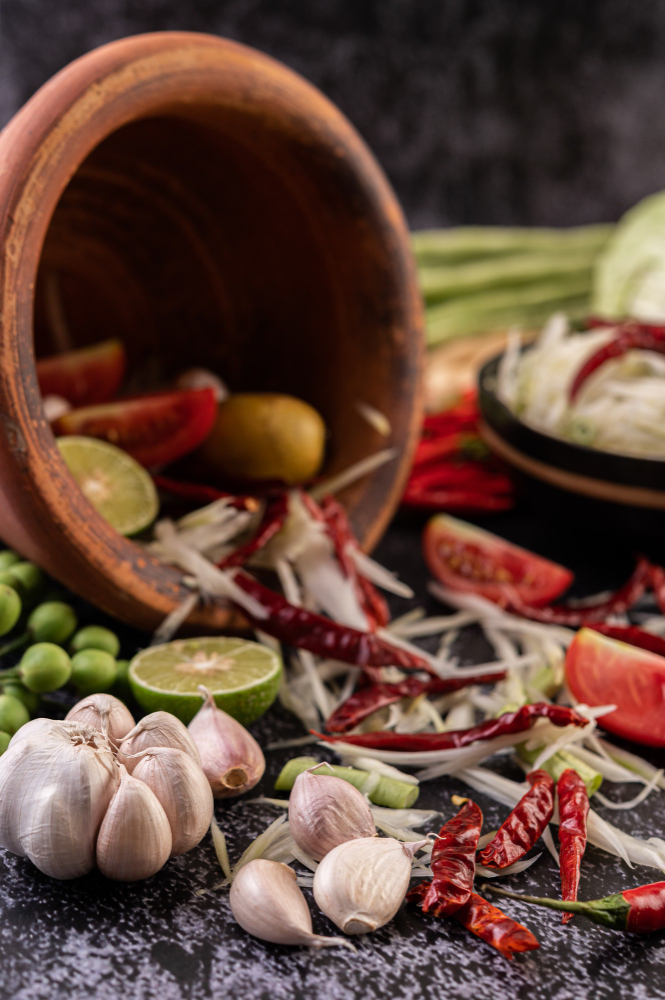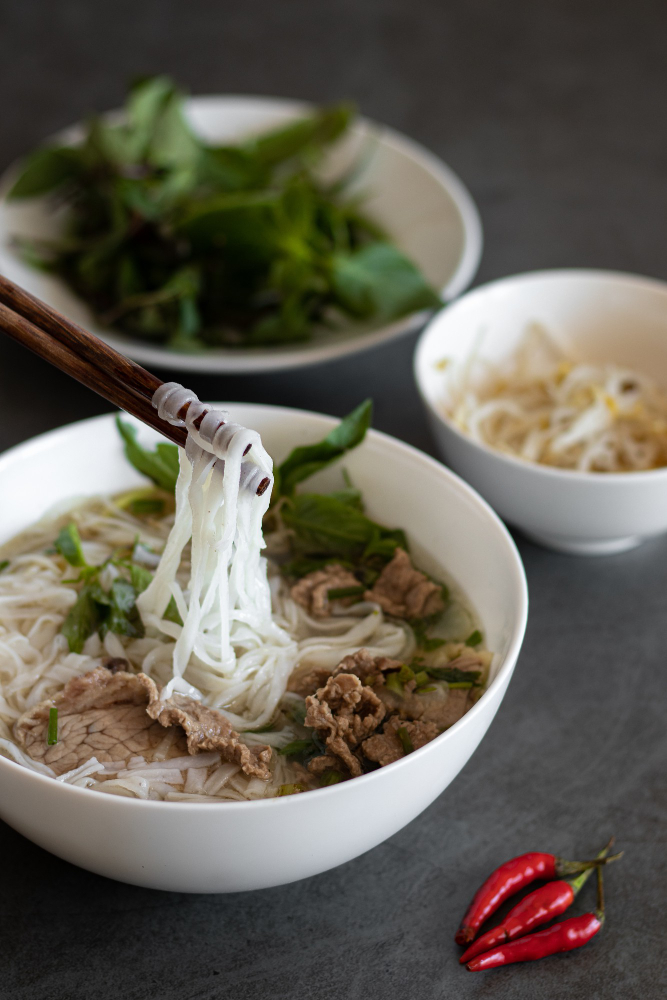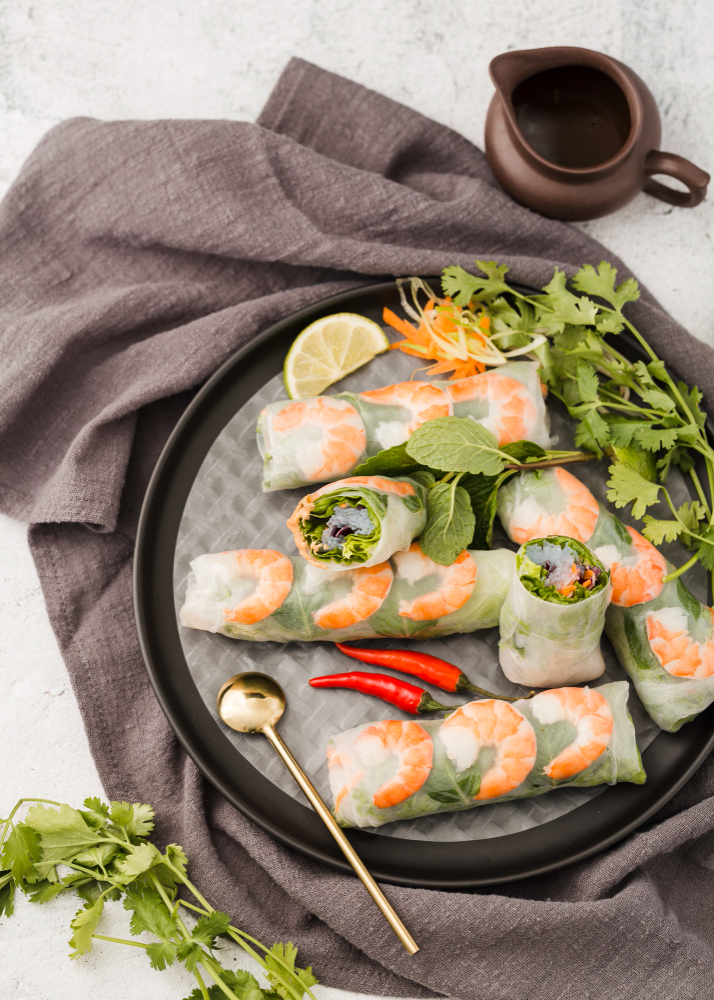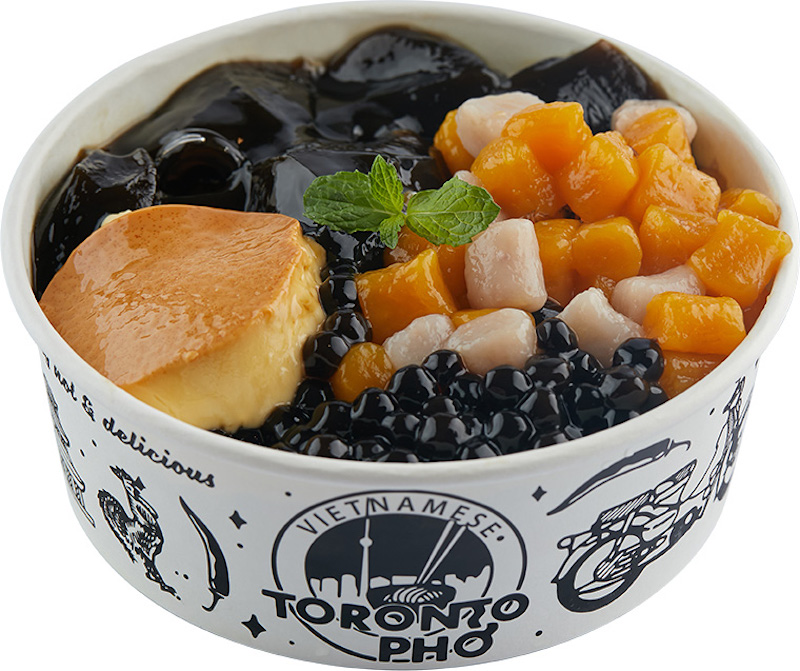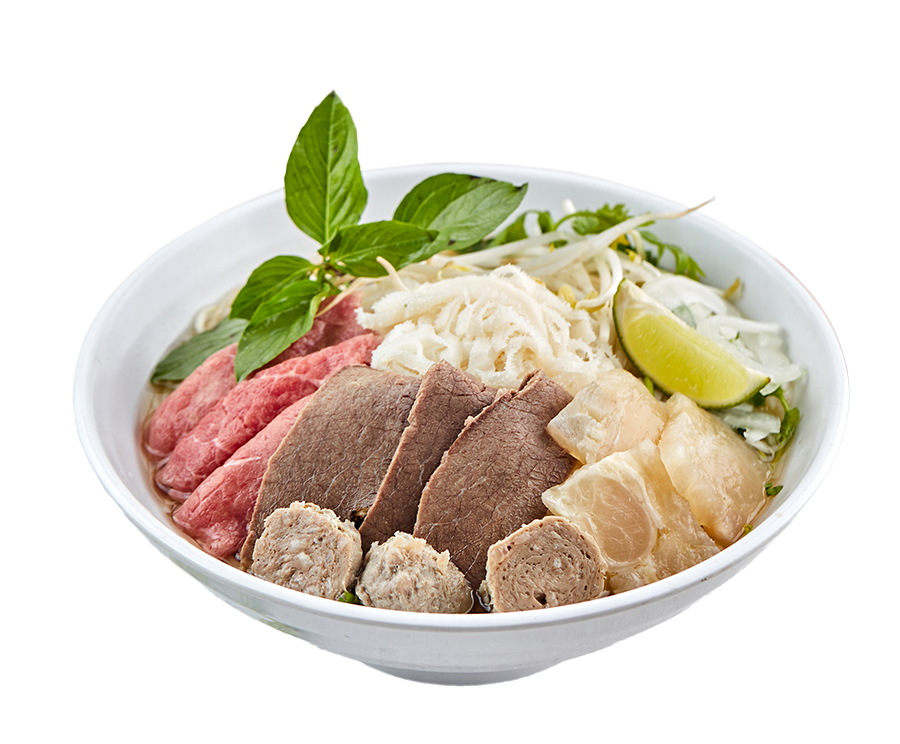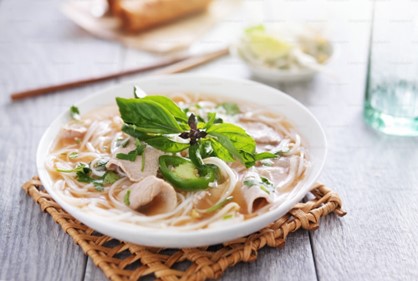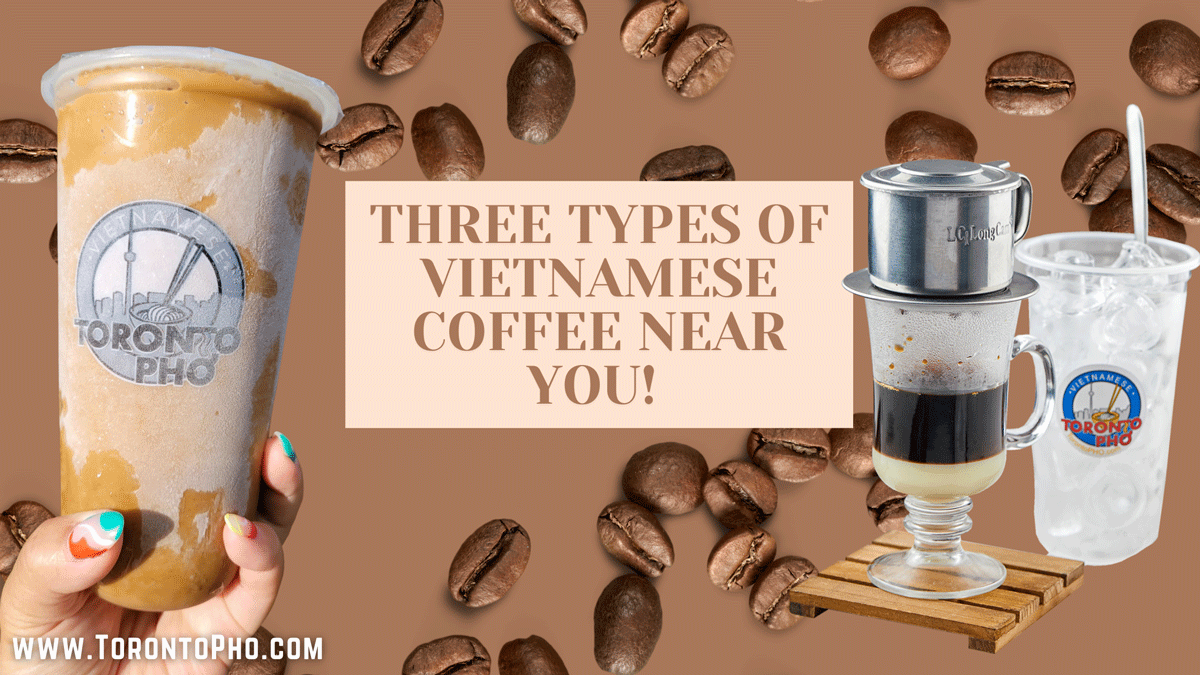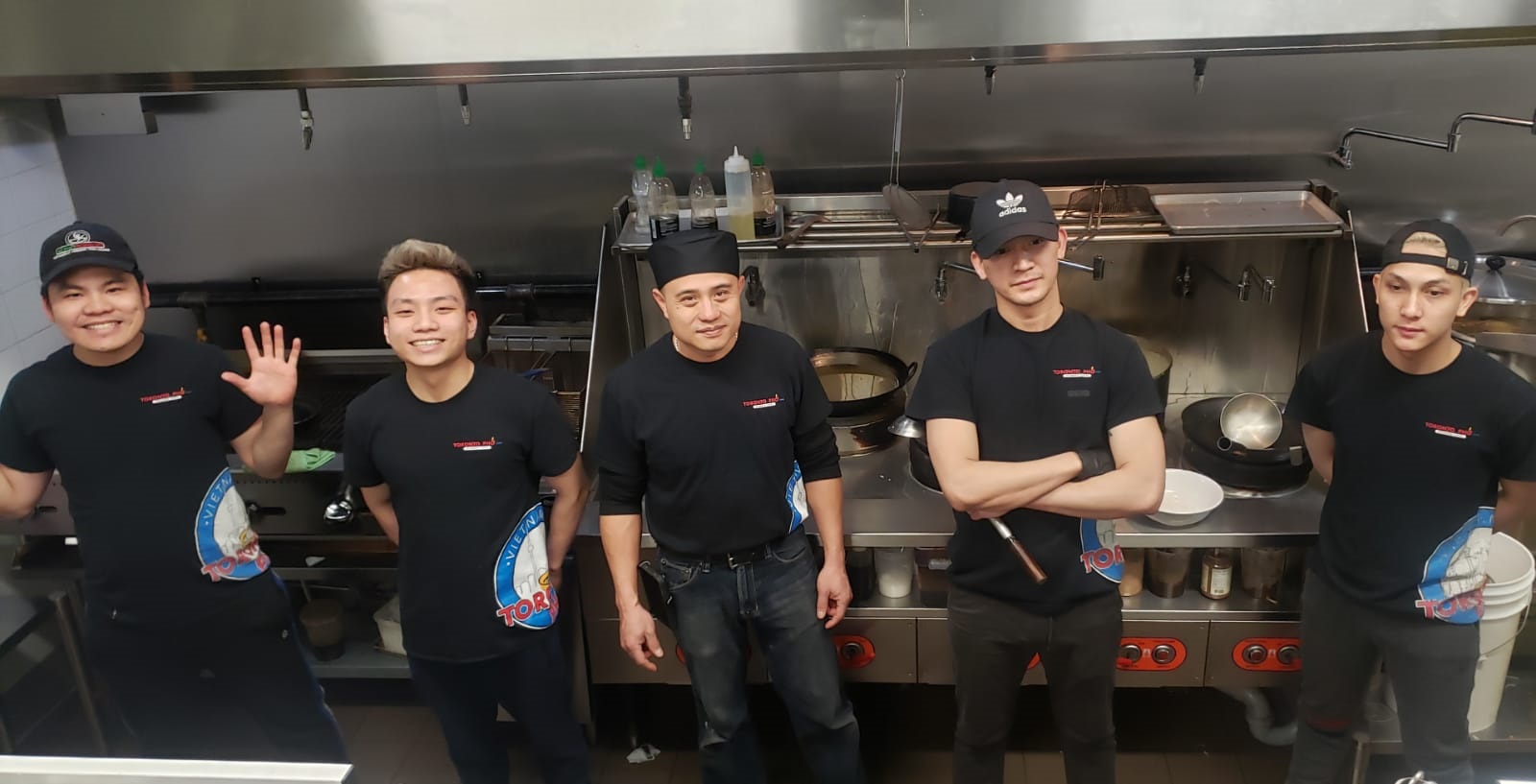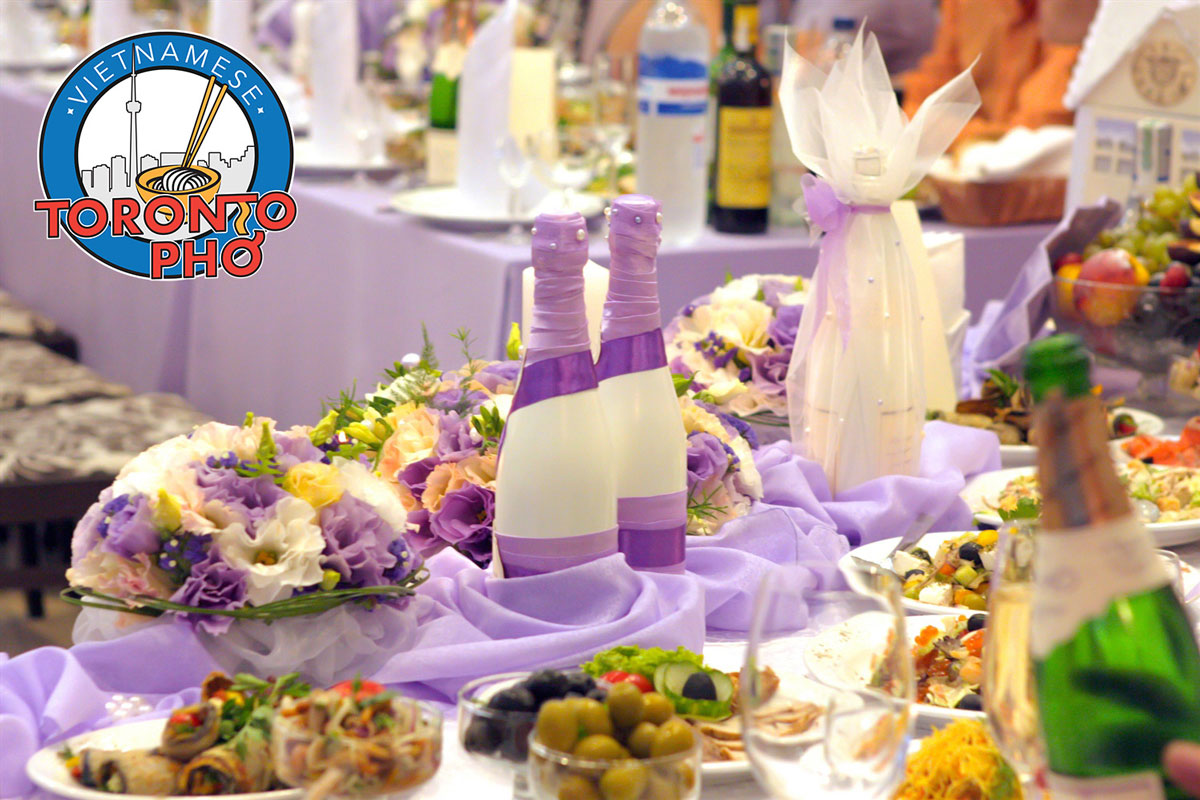
Vietnamese feasts used for weddings and gatherings are some of the most delicious meals prepared in the popular ethnic cuisine. Customizable in several different ways, there are several components which are maintained in every meal.
A Vietnamese feast is a culturally significant event shared between families and villages, sometimes seating up to 12 people per table. These are big gatherings, needless to say. These feasts are usually prepared for weddings, funerals, and cultural festivals. Instead of serving “ordinary” foods, in a feast, boiled rice is used predominantly among other dishes.
Read more: Getting to Know the Essentials of a Vietnamese Feast Common to Weddings and Gatherings
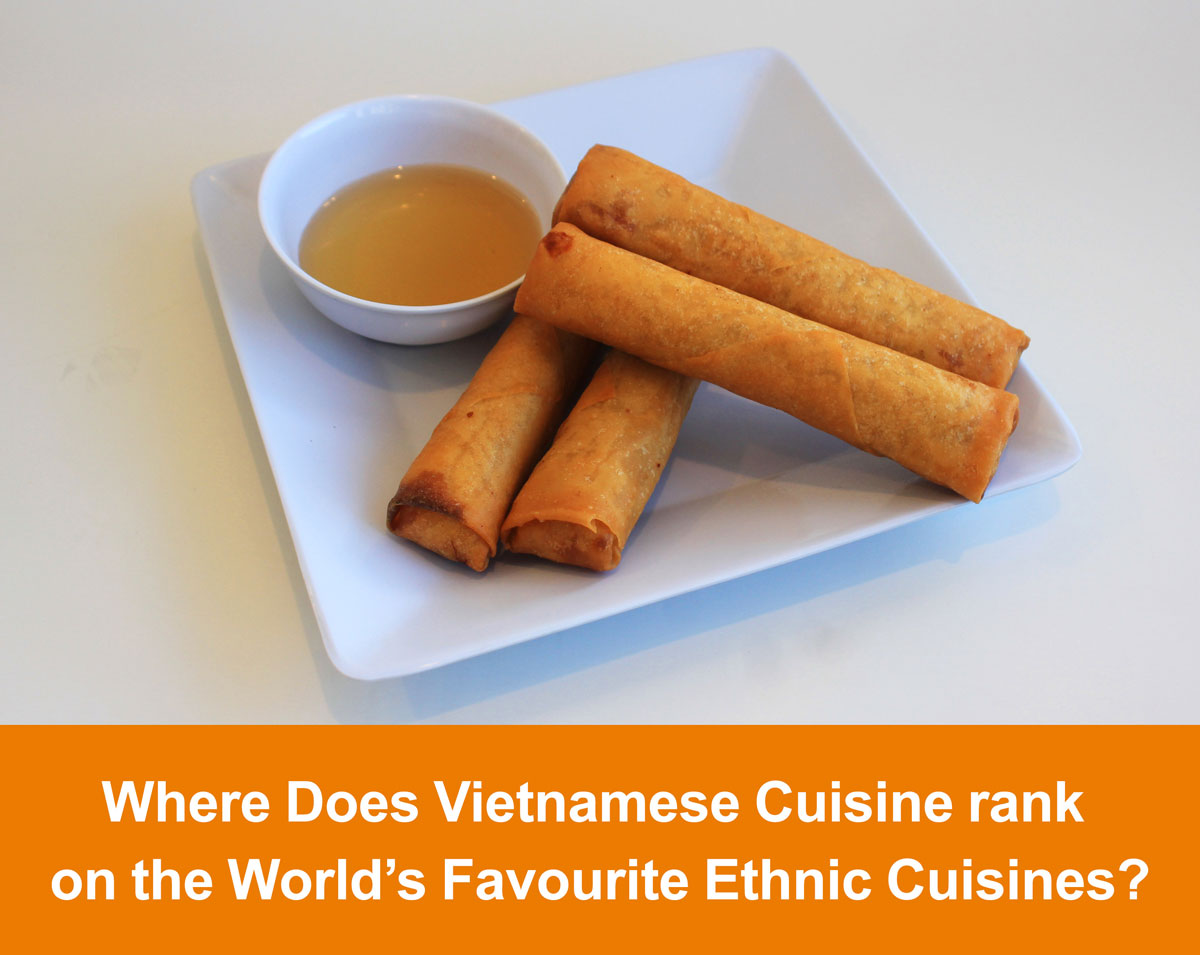
The world is blessed with some absolutely amazing ethnic dishes and cuisine. An international survey conducted by UK-based YouGov attempted to rank what the world’s most favourite cuisines were. Asking more than 25,000 individuals from 24 countries, the results produced show us some very interesting statistics about food trends, health, and more.
Italian cuisine is the world’s favourite.
Among all the ethnic cuisines out there, Italian proved to be the most favourable with an 84 percent approval rating. Filling out the top five include Chinese cuisine (78 percent approval), Japanese cuisine (71 percent approval), Thai cuisine (70 percent approval), and French cuisine (70 percent approval). As evidenced, all of these cuisines have been widely popularized in the West throughout the past century and contain ingredients or dishes that have been Westernized.
Read more: Where Does Vietnamese Cuisine rank on the World’s Favourite Ethnic Cuisines?
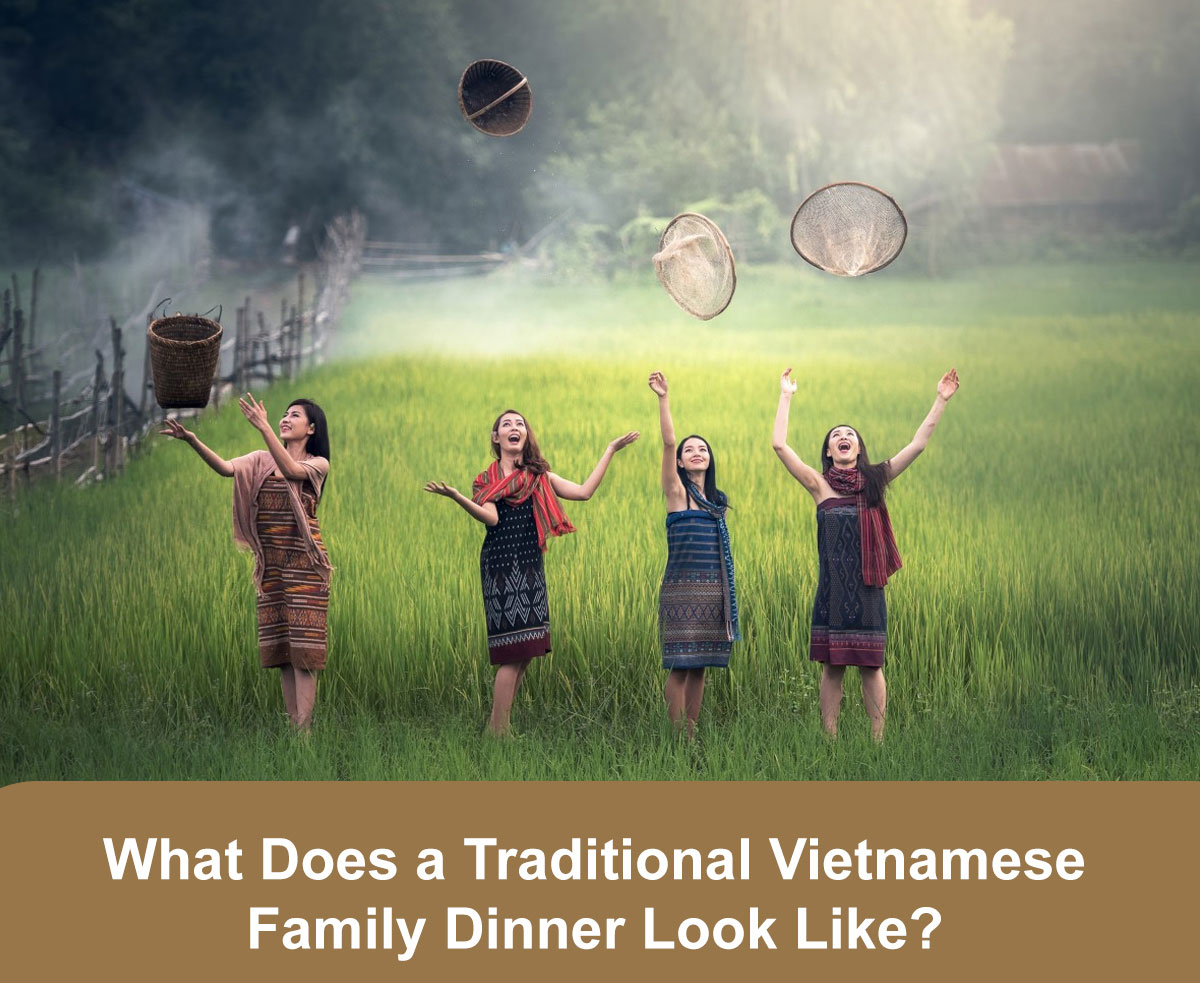
Vietnamese food has become increasingly well-known with restaurants all over the globe spreading some of the country’s finest dishes. For the average Vietnamese family, be it in their country of origin or living abroad in countries like Canada, they already know the quality of ingredients and the unique flavors they bring to the table. Digging deeper into Vietnamese cuisine, you’ll find simple dishes of only a few ingredients to far more complex meals. Most commonly, you’ll find balance in every meal, whether it’s between herbs and meats, or a selective use of spices to attain a certain. We’re proud to say Vietnam food is some of the healthiest and most diverse in the world.
The traditional Vietnamese family meal.
The average family meal, such as for lunch or dinner, in Vietnamese culture includes items like steamed rice, a soup dish of some kind to eat with the rice which could be something like pho, a dish of meat or fish, and a vegetarian dish that is either stir fried or boiled. In Vietnam, food is not prepared in separate servings such as what you will find in American or Canadian dishes. Instead, the food sits in the middle of everyone and each member of the family is encouraged to take food throughout a meal, using a small bowl and chopsticks. This creates a sense of community and connection, fostering communication and bond throughout a meal. This continually brings members of the family back to the middle of the table, encouraging conversation between.
Read more: What Does a Traditional Vietnamese Family Dinner Look Like?
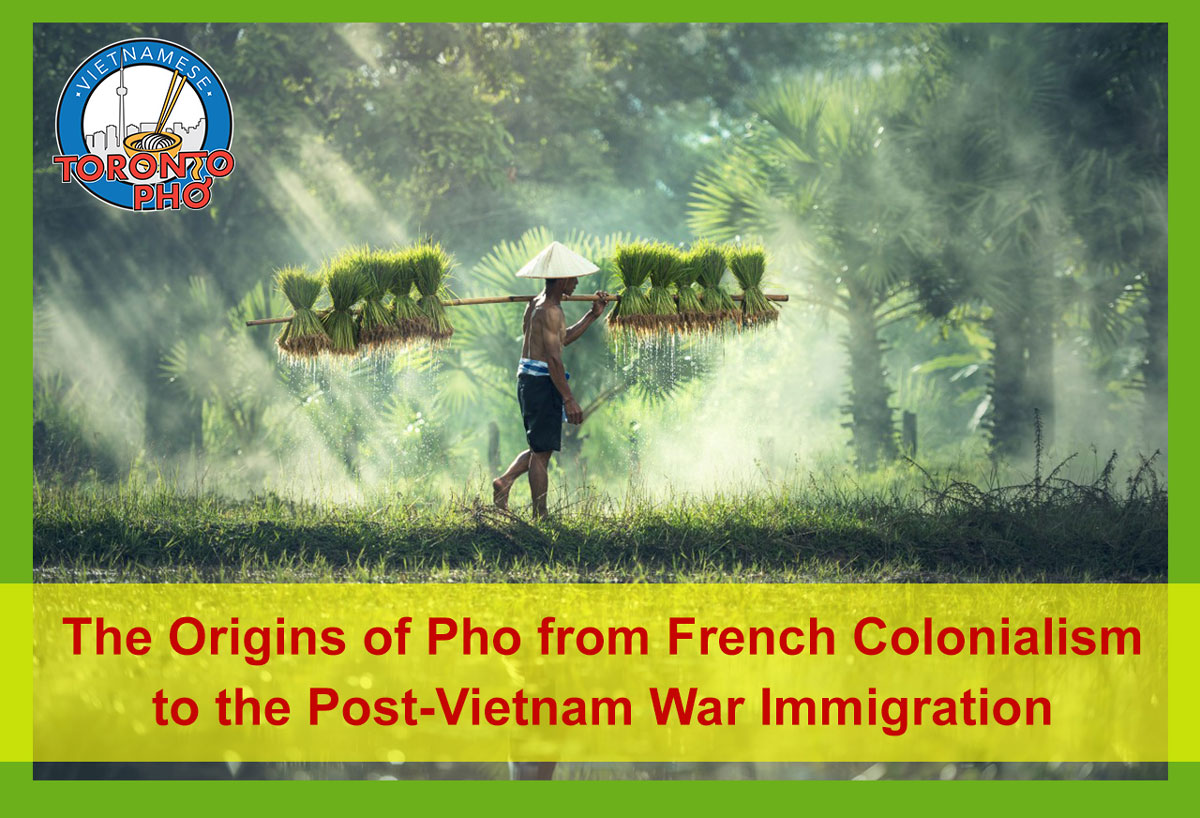
Pho’s origins are somewhat in dispute. Although there are villagers in Vietnam who used similar dishes for decades prior, a lot of historians associate contemporary pho’s origins to between 1900 and 1907 in northern Vietnam.
It’s believed pho came from a mix of historical and cultural influences that all came down upon the north Vietnam region in the first decade of the twentieth century. For example, the French colonial influence in Vietnam brought with it new access to beef which helped to influence the creation of beef pho and which introduced beef bones into China. Subsequently, many immigrants to Vietnam from other regions of Asia helped to popularize pho as they found it similar to other soups and related dishes from their homeland.
Read more: The Origins of Pho from French Colonialism to the Post-Vietnam War Immigration
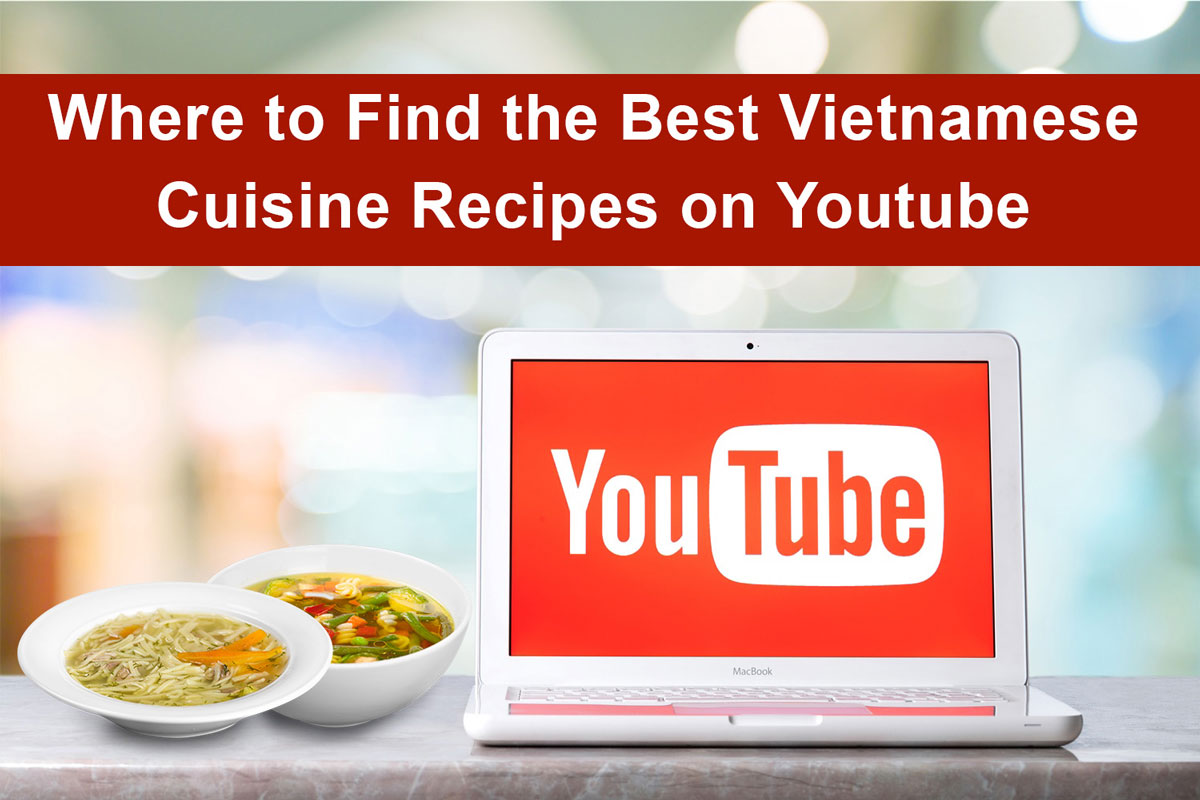
In an era where Canadians are seeking easier, healthier, and more indulgent recipes, the best Vietnamese cuisine dishes meet every one of these points. Whether you’re a vegan looking for your next favourite recipe, a meat eater looking to go a little healthier, or are someone simply looking to mix it up with an amazing unexpected recipe, check out some amazing Vietnamese recipes on YouTube.
Vietnamese cuisine uses ingredients such as fish sauce, shrimp paste, soy sauce, bean sauce, herbs, rice, fruits, and vegetables. A lot of Vietnamese recipes will make use of other ingredients like lemongrass, ginger, mint, long coriander, cinnamon, bird’s eye chili, lime, and Thai basil leaves. Vietnamese cooking in general has been highly praised for its use of fresh ingredients, for minimizing the use of daily and oils, for complimentary textures included, and for relying on herbs and vegetables more than other East Asian cuisines do.
Read more: Where to Find the Best Vietnamese Cuisine Recipes on YouTube
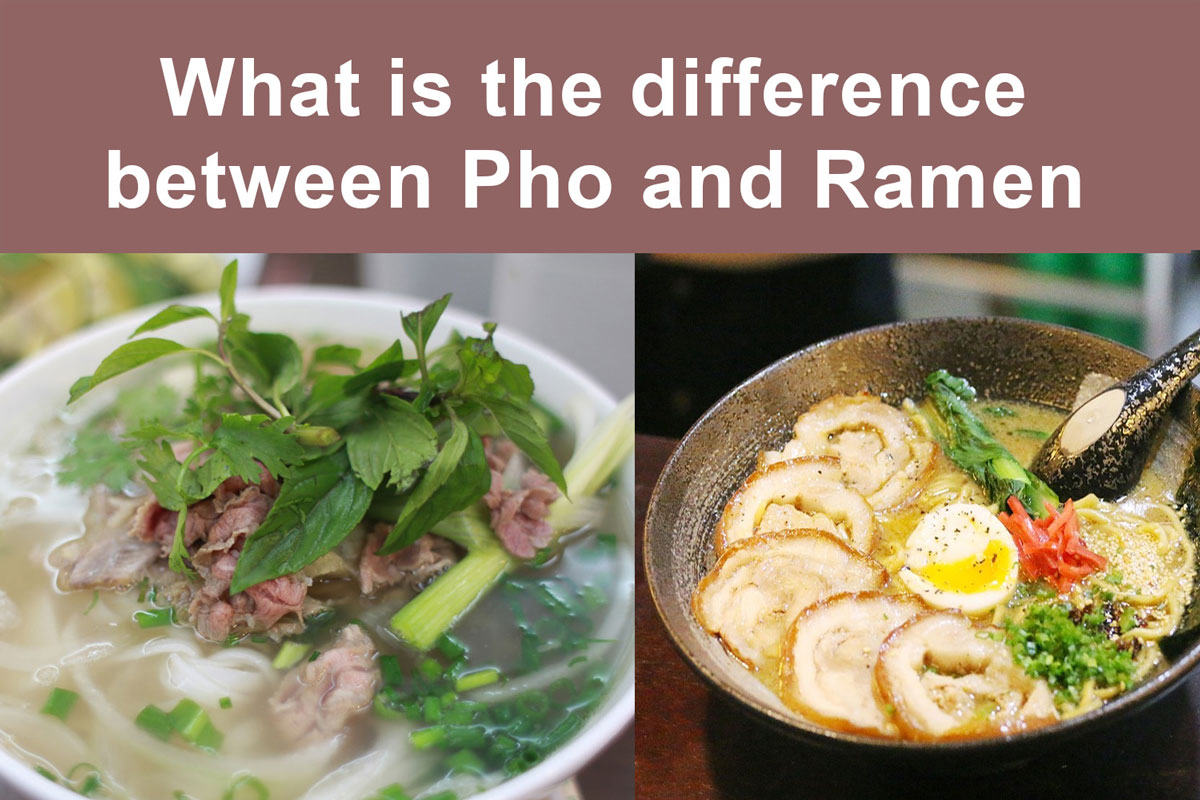
For eaters of Vietnamese cuisine or fans of Asian foods, they may not necessarily know the differences between pho and ramen. They are oftentimes compared for their similarities. What separates them is not oftentimes discussed. Here we hope to shed a little bit of light on what’s pho, what’s ramen, and how they differ.
Pho is a Vietnamese soup mixing together broth, rice noodles, herbs, and meat like beef or chicken. Ramen is a Japanese dish which uses wheat noodles served in a meat or fish-based broth usually flavored with soy sauce or miso. Ramen’s also known to use toppings like slice pork, scallions, nori, and menma to flavor it. A lot of the ingredients in pho and ramen both can be applied to the other, and are present in both Vietnamese and Japanese cuisine. Another similarity/difference is also in how they are cooked. Pho is generally made at a simmer in a clear base made from beef and which can be scented with ingredients like star anise, cinnamon, or ginger. Comparatively, ramen’s stock is generally darker, richer, and cloudier usually made from pork bones cooked at a rolling boil.
More Articles ...
Page 42 of 45




